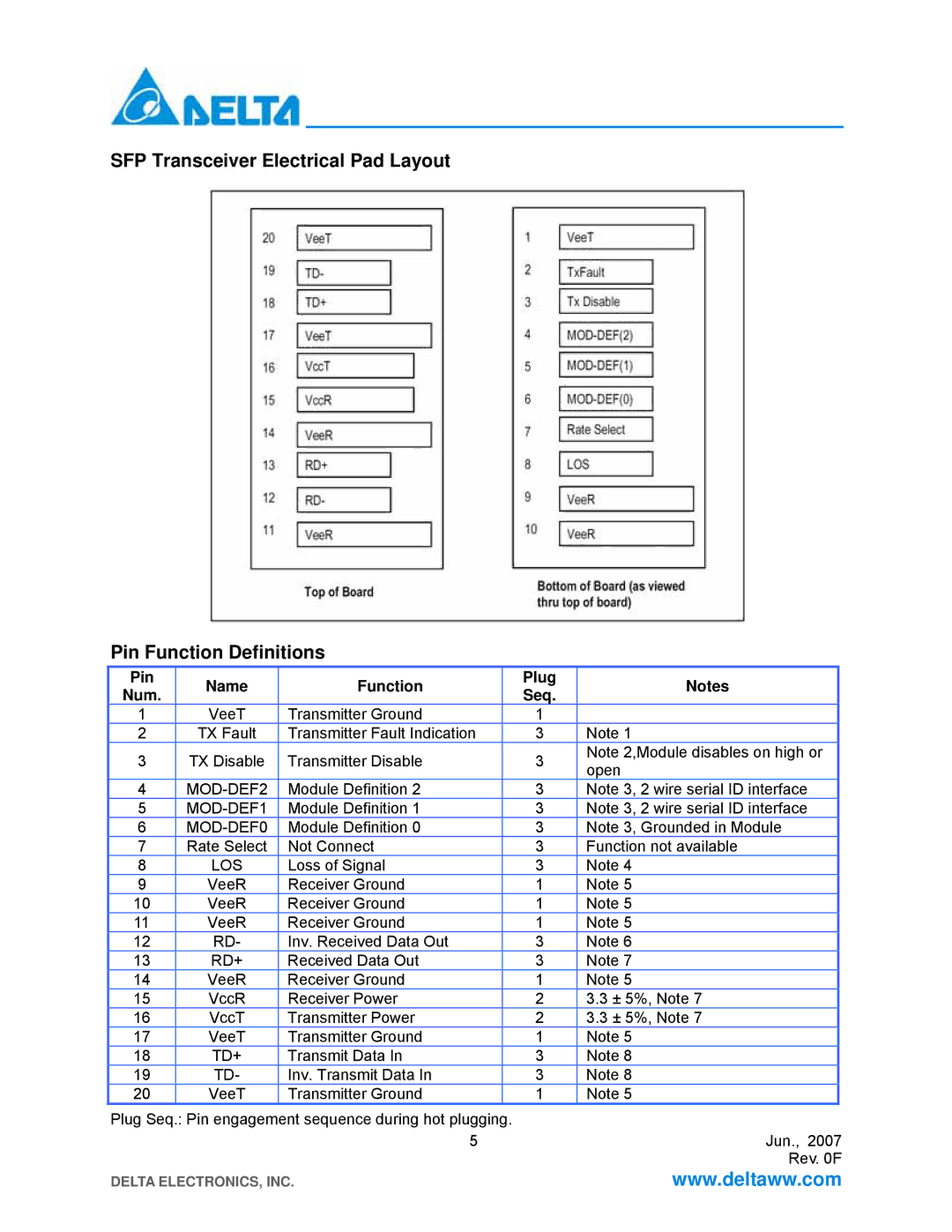LCP-155 CWDM specifications
Delta Electronics has established itself as a prominent player in the telecommunications field, particularly with its innovative LCP-155 CWDM (Coarse Wavelength Division Multiplexing) solution. This device stands out for its ability to enhance the capacity and efficiency of optical networks, allowing multiple channels to be transmitted over a single optical fiber. The LCP-155 CWDM is an essential piece of equipment for service providers looking to optimize their existing infrastructure.One of the key features of the LCP-155 CWDM is its scalability. With the ability to support up to 16 wavelengths on a single fiber strand, this solution enables network operators to increase bandwidth without extensive additional investments in physical infrastructure. This scalability is particularly important in scenarios where demand is rapidly growing, allowing operators to effectively accommodate future needs without significant disruptions.
The device employs advanced technologies such as high-performance optical filters and integrated monitoring functions. These features ensure that signal integrity is maintained, even over long distances. The built-in monitoring capabilities provide real-time insights into system performance, allowing operators to proactively manage network health and troubleshoot issues before they escalate.
Another noteworthy characteristic of the LCP-155 CWDM is its compact form factor. The design is optimized for efficient space usage, making it suitable for deployment in various environments, including central offices and remote locations. This compact nature does not compromise performance; the device delivers low insertion loss and high channel isolation, which are critical for maintaining signal quality in densely populated wavelength environments.
Delta Electronics has also prioritized energy efficiency in the LCP-155 CWDM. With the increasing focus on sustainability, this solution is designed to consume less power without sacrificing performance. This efficiency not only reduces operational costs but also aligns with the global movement towards greener technology.
In summary, Delta Electronics LCP-155 CWDM combines scalability, advanced optical technologies, compact design, and energy efficiency to meet the evolving needs of today’s telecommunications landscape. Suitable for fiber-optic network operators aiming to enhance capacity and manage growing data traffic, the LCP-155 CWDM stands out as a versatile and reliable solution. As the demand for high-speed connectivity continues to soar, innovations like the LCP-155 CWDM will play a crucial role in shaping the future of optical networks.

